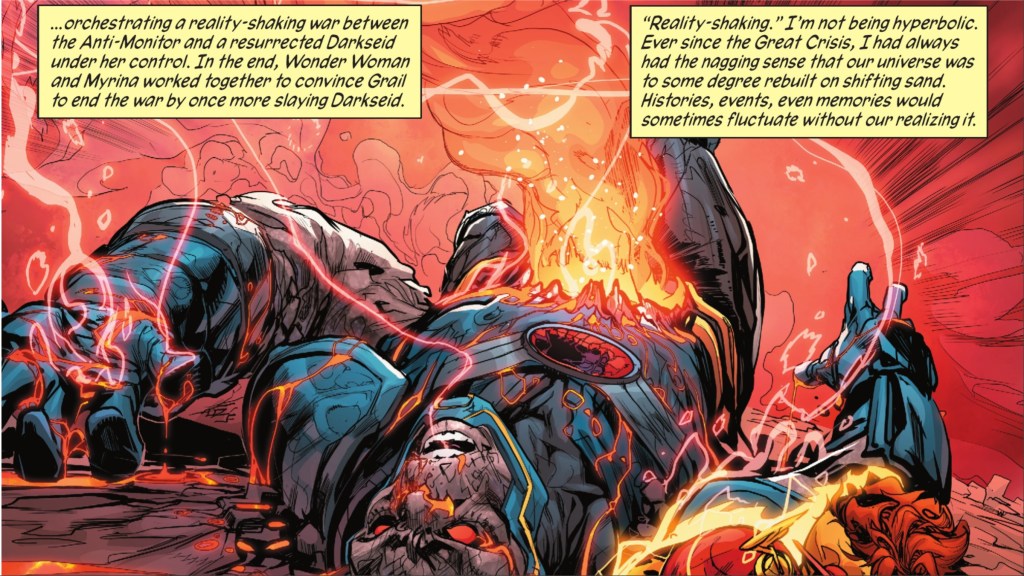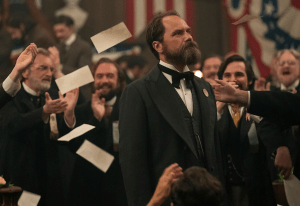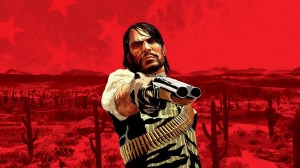DC Comics has one of the more confusing histories in comics. The publisher has rebooted its universe numerous times over the years, and for years, fans had to make up their own head canon of events, especially in the 2010s and 2020s. DC has been doing more to make its world palatable to newer fans, especially with the rise of the DCU, and that’s where New History of the DC Universe comes in. The four-issue miniseries has finally given readers the official canon of DC Comics, with New History of the DC Universe #4 making sense of the years since 2011’s New 52 reboot.
Videos by ComicBook.com
DC continuity has always been a tangled web, and New History of the DC Universe did its best to untangle it. Over the course of the series, DC has brought back things that fans figured would never be canon, including aspects of the pre-Crisis DC Multiverse, and incorporated changes from the New 52 into the main continuity. The final issue of the series deals heavily with the events of the New 52 and its aftermath, and the publisher has figured out how to make it all make sense in a way that makes everything canon in the simplest way possible.
DC Has Canonized Everything

So, over the decades, DC has used multiple methods to change its history. In Crisis on Infinite Earths, the multiverse was made into a singular universe, the way it was always supposed to be. Infinite Crisis was the next big change, opening the door for the return of the multiverse thanks to the machinations of Earth-Three’s Alexander Luthor and Superboy-Prime. 52 saw the worlds of the multiverse make their first appearance in decades, thanks to Booster Gold and Mister Mind. The New 52 reboot came next, and it would later be revealed that Watchmen’s Doctor Manhattan was the one who changed the universe and then changed it back, undoing the damage he had done.
When New History of the DC Universe was announced, fans didn’t know how things were going to go. Most of us assumed that unpopular changes like the New 52 would be completely de-canonized, but that actually wasn’t the case at all. In fact, nearly everything that has ever happened in a DC comic is basically now canon. Most of the changes made were cosmetic changes; so, for example, the particulars of the 1986 John Byrne Man of Steel reboot were changed so that the pre-Crisis Earth-One Superman origin was used. However, the rest of Byrne’s run did happen, as did the singular universe of post-Crisis DC.
The canon of DC is now just the canon of the comics, which is actually pretty different than how it was before. For example, Crisis on Infinite Earths didn’t happen the way it did in the comics because it happened in the singular DC Universe created by the defeat of the Anti-Monitor, but now it happened the way it did in the comics. Flashpoint happened the way it did in the comics. This might seem like something of a no-brainer, but it’s a massive change from the way things used to be.
One of the most confusing things about DC Comics has been that the events of the comics didn’t happen the way they did in the comics, because those events changed the nature of the DC Universe itself. So, in the New 52, Flashpoint was only remembered by Barry Allen because the universe it came from no longer existed. Now, it did happen, exactly the way it was written and drawn, but the heroes and villains of the world now realize that things happened that way, and they know about the changes made to existence. They know that the events of the New 52 multiverse happened to them now, while also knowing that Crisis on Infinite Earths happened, and the events of pre-Crisis DC, the wild multiversal adventures, all happened.
DC Kept It Simple

DC fixed their canon in the easiest way possible. They didn’t use some powerful being like the Anti-Monitor, Doctor Manhattan, or Perpetua. Instead, they went in a direction that they’ve never gone in before. Everything has happened, and it’s so simple that it’s genius. Readers no longer have to wonder whether the DC comic they’re reading happened. It did happen. They all happened, but they didn’t all happen in the same iteration of the universe, and the heroes now know about the nature of reality in a way that they didn’t in post-Crisis DC or Flashpoint.
DC often makes things too complicated. It’s one of the biggest reasons why Marvel has been able to outsell DC. Marvel-only readers heard horror stories about the multiple full continuity reboots and were turned off by that. Now, though, that isn’t the case. All of those reboots happened, the events they caused happened, but now everyone knows that they happened. It’s a simple, ingenious solution to a problem that has held DC back for decades.
New History of the DC Universe #4 is on sale now.
What do you think about the changes to DC history? Leave a comment in the comment section below and join the conversation on the ComicBook Forums!









